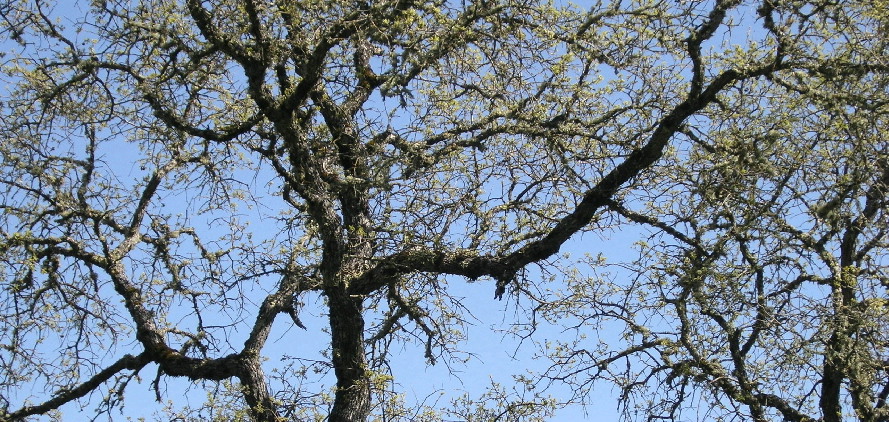
|
|
|
|
|
|
| The processes of integrative regional action planning |
|
The Mantaray Team begins the process of integrative regional action planning (IRAP) with identification of a champion, gathering of stakeholders, and definition of the set of interlocked issues the iniative will first address. We organize the partnership as an adaptive learning organization, utilizing multiple channels of communication and methods of innovation. Participants work toward a mix of short- and mid-term outcomes, while learning what outcomes they can achieve in the long-term. They identify action projects that can be started early to inform their planning. They maintain an appropriate balance between the economic, social, and ecological foundations of the region’s health at each step. The process may begin with an existing project or with leadership by a well-placed champion. The initial definition of areas of concern may be limited, but stakeholders need to remain aware that the system of issues will expand as the initiative matures. Sustainable financing requires that the economic component will always be part of the system from the beginning, though the economic timeframe will quickly extend beyond the next quarter or year to the next decades. “Action planning” is the key to the process. This means that implementation of pilot projects is as important an output as production of plans and strategies. Planning is an adaptive process to help us see more clearly where we are right now. Action projects provide the system with feedback about the merit of alternative strategies for change. Most important, the results help participants earn the “points” in their organizations needed for their continued involvement. For instance, in the transition to organic farming, cleanup and enhancement of productivity of soil is a no regrets first step. It yields major benefits for the health of water systems. It helps the participating farmers achieve a profitable transition. It reduces methane emissions from soil and increases the absorption of CO2. An action project in this area will help planners to understand business models for sustainable farming, how this element links to other essential organic strategies and techniques, and how to build effective support for the transition. Some of the key early steps in the process may include:
 | |
| California Blue Oak, Quercus douglasii, with spring foliage emerging | |
Contact Us
| Copyright © 2006 Indigo Development | Last Updated: April 2006
|